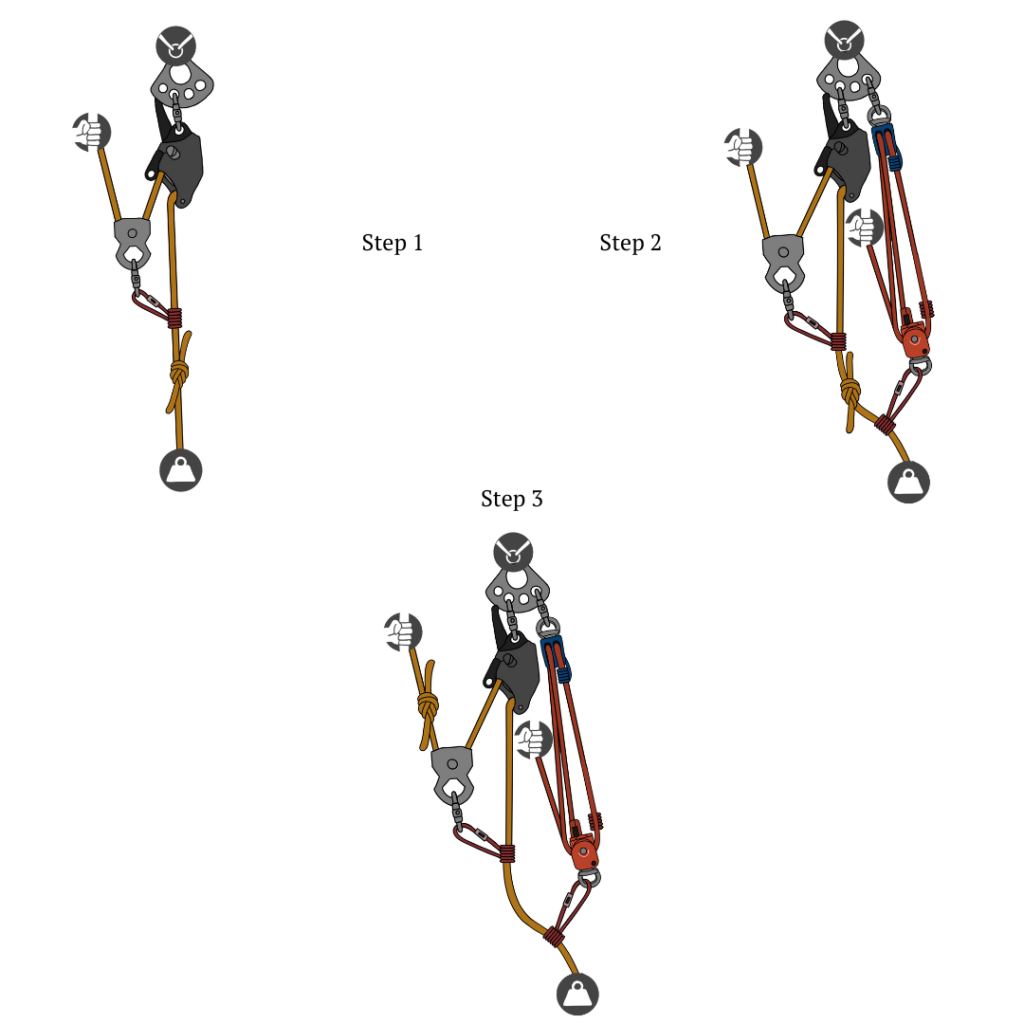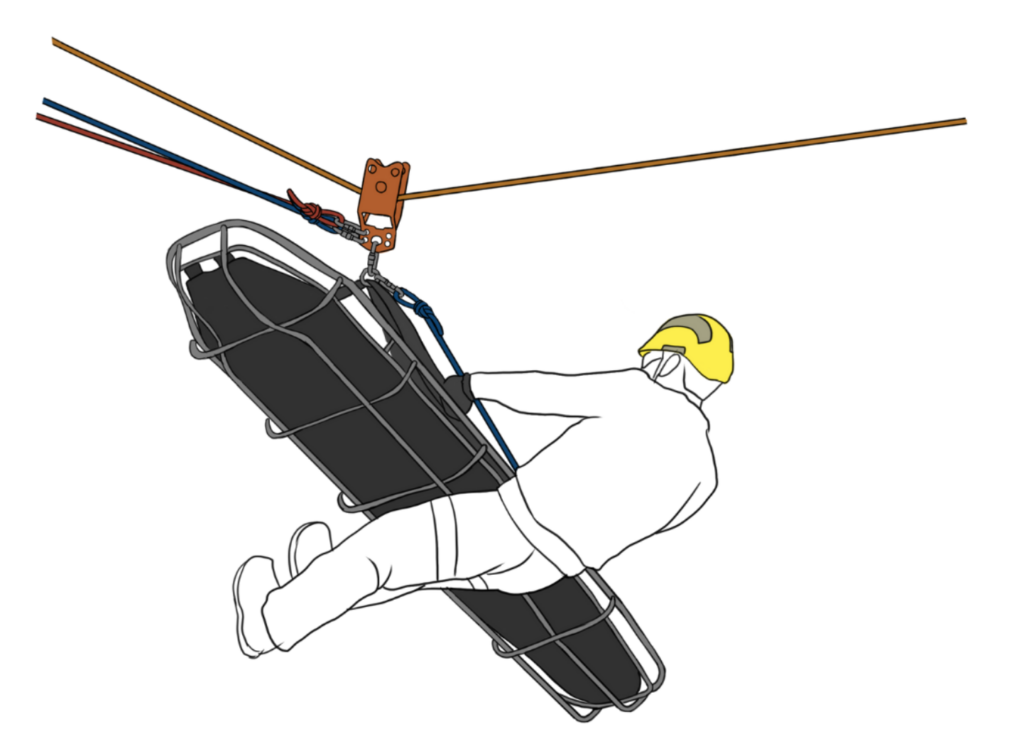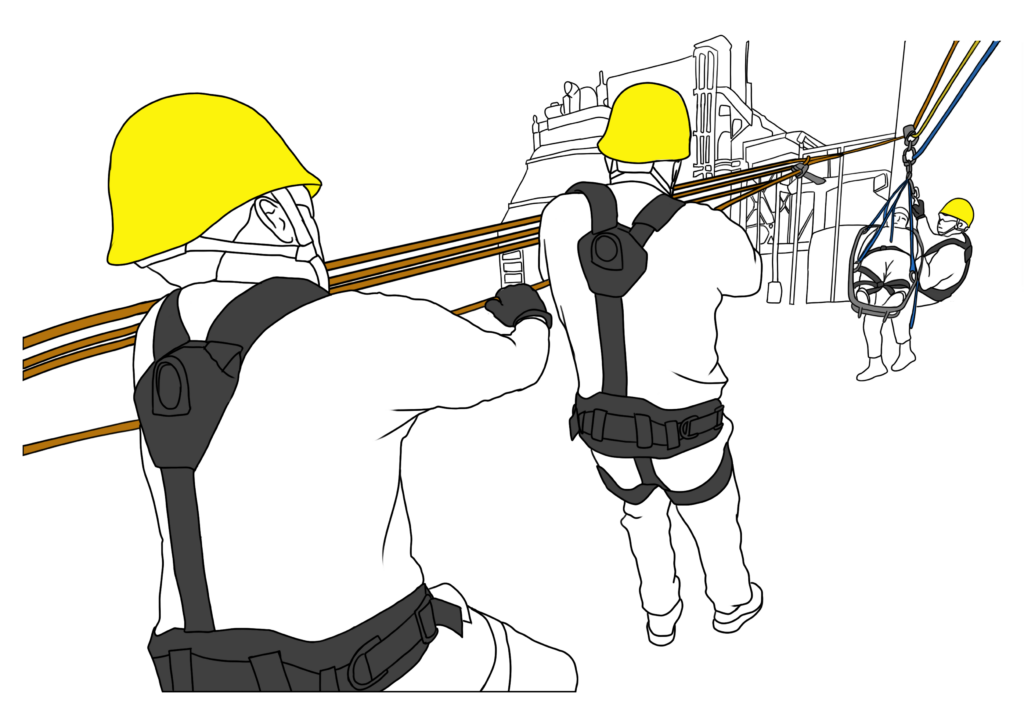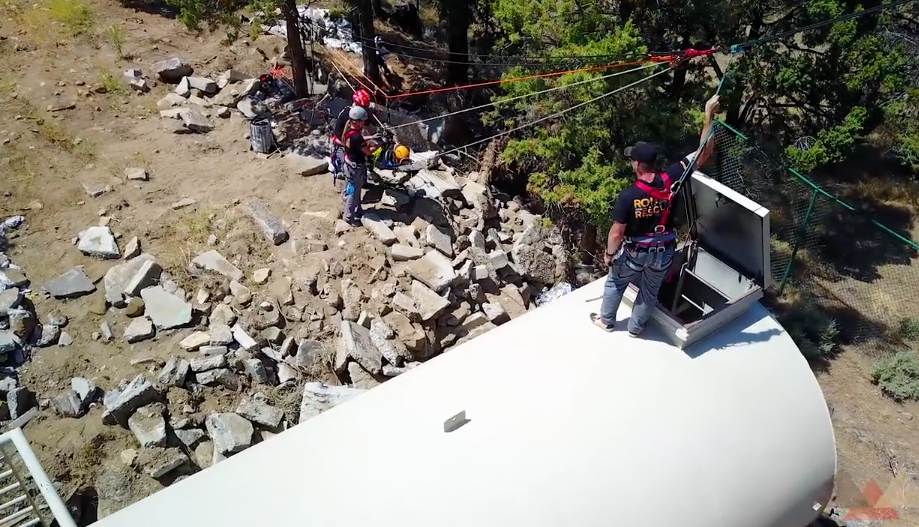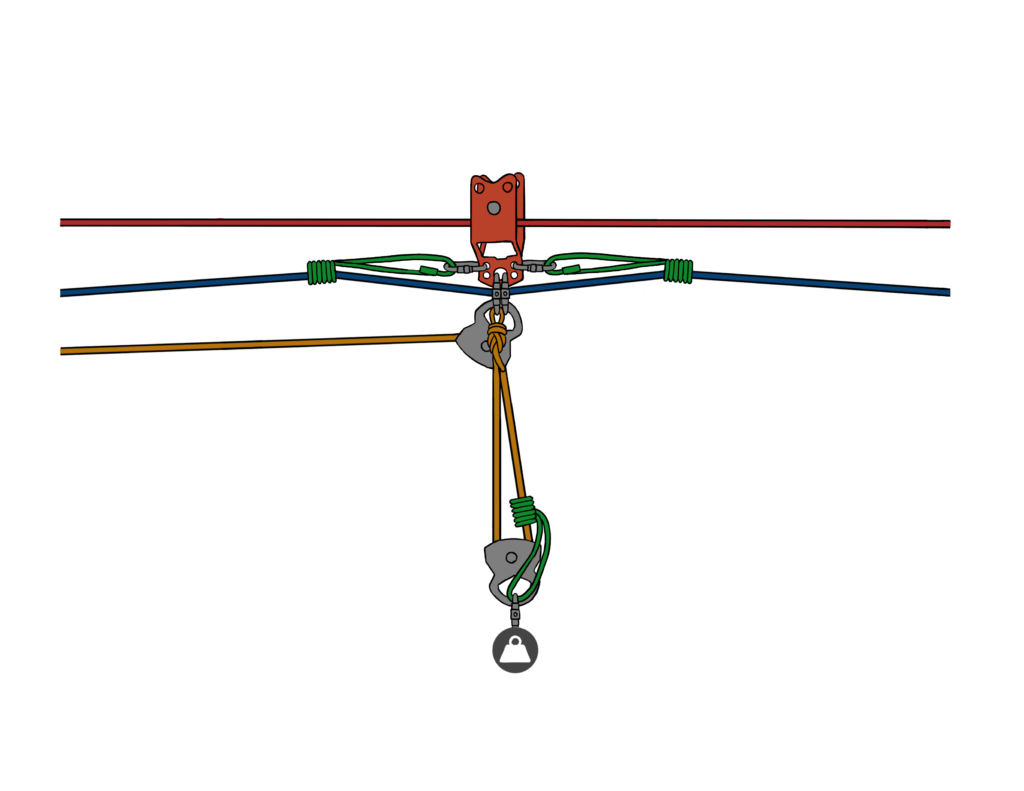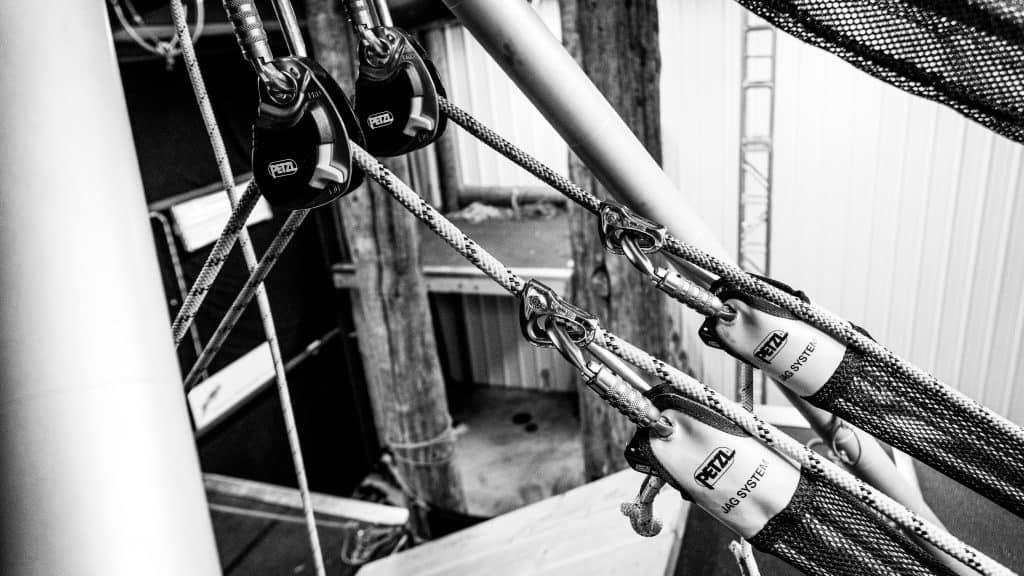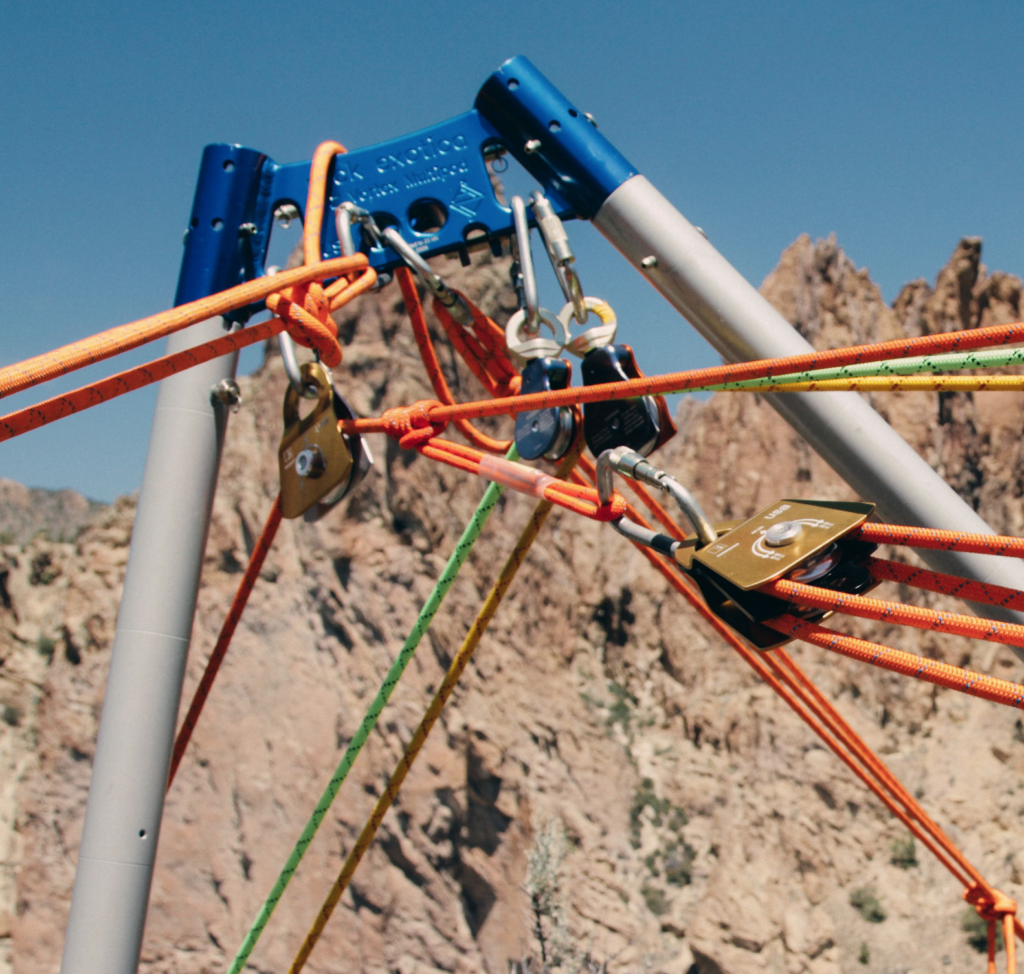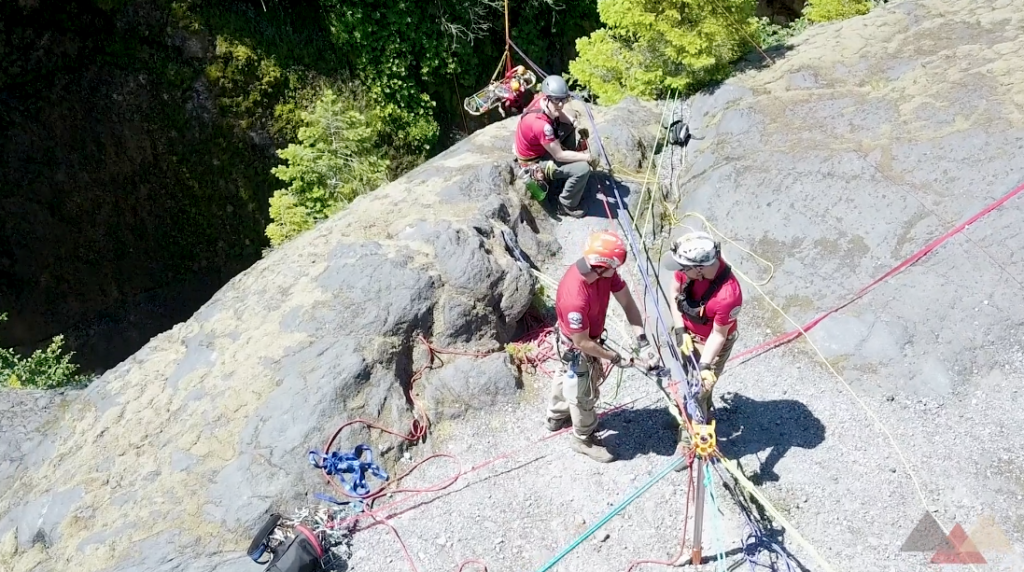Mechanical Advantage Piggyback Method
The Mechanical Advantage Piggyback Method is a groundbreaking rigging technique in rope rescue operations, designed to navigate knots effectively while maintaining system stability and load control. This advanced method shines in scenarios involving mechanical devices such as the Clutch or MPD, utilizing a secondary mechanical advantage system like the AZTEK to ensure seamless and efficient […]
Mechanical Advantage Piggyback Method Read More »

